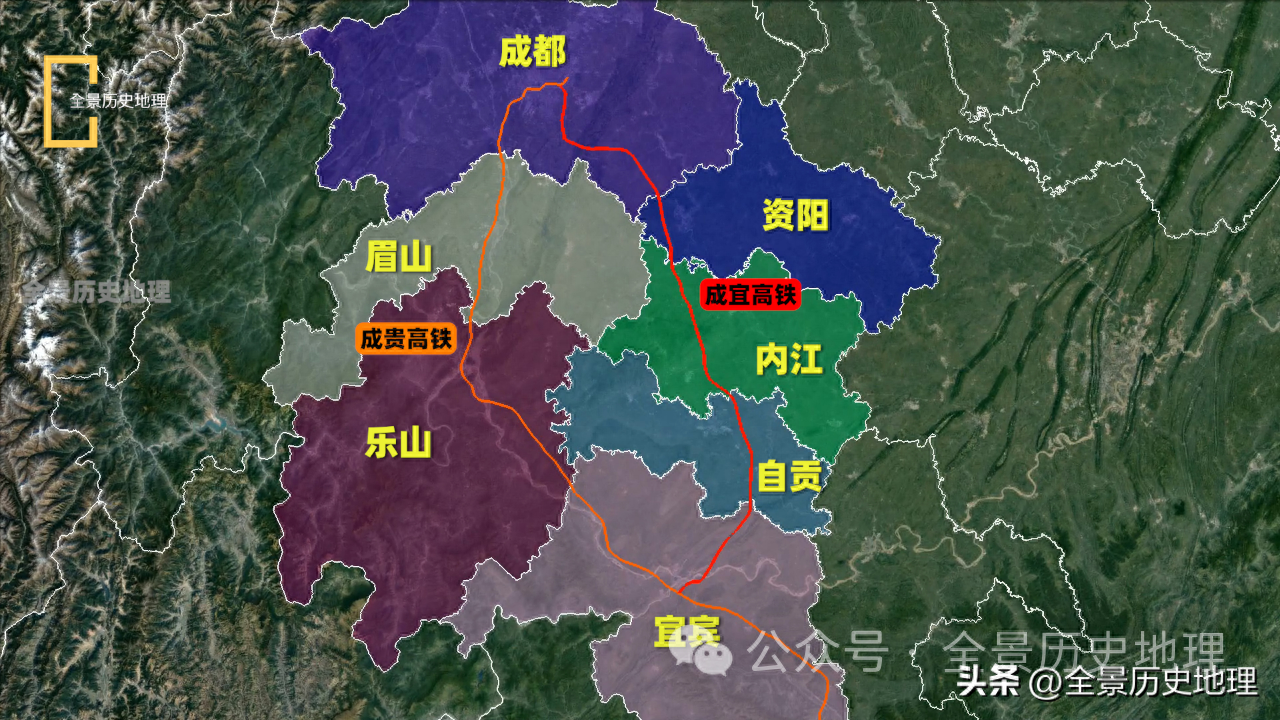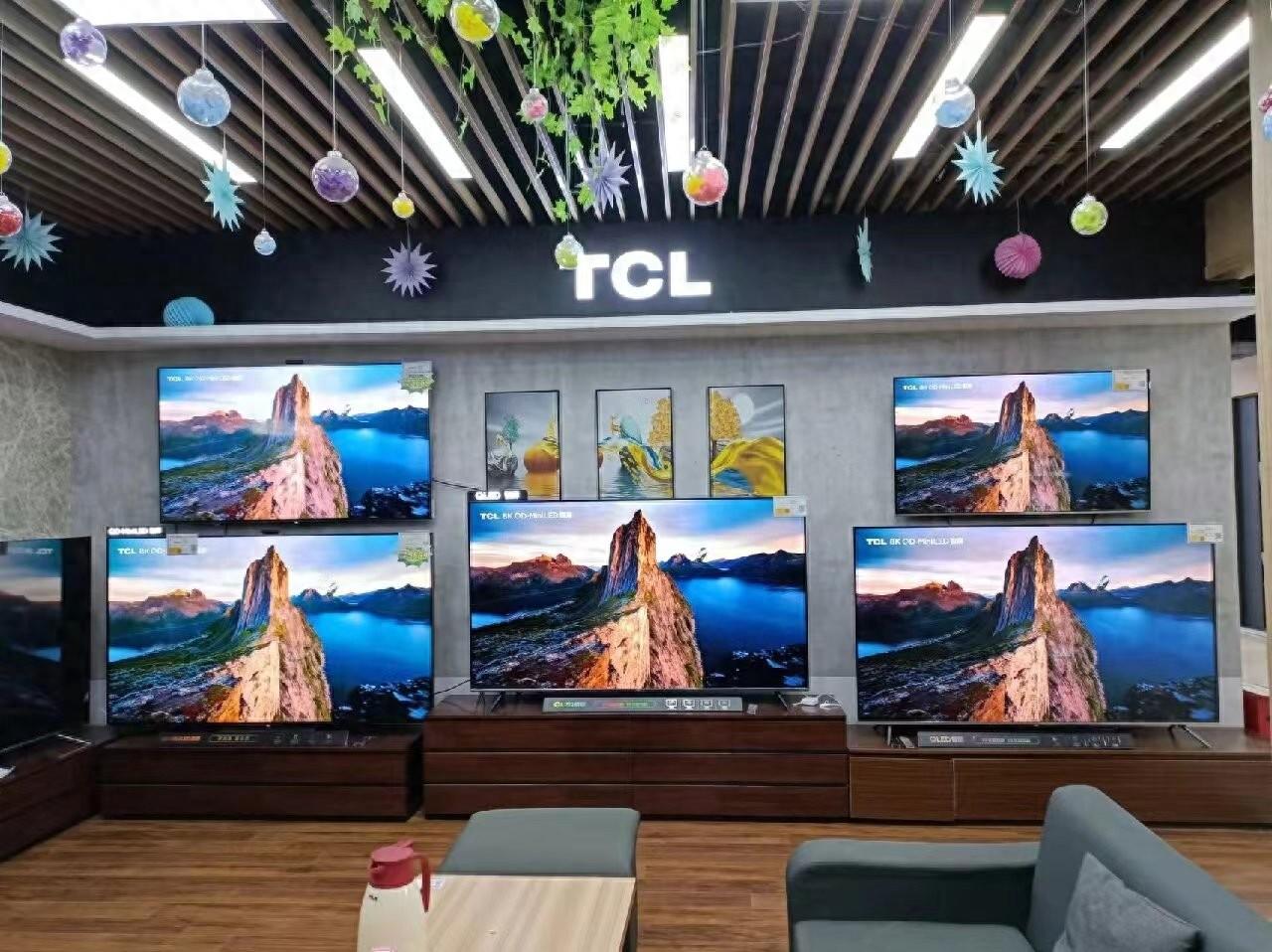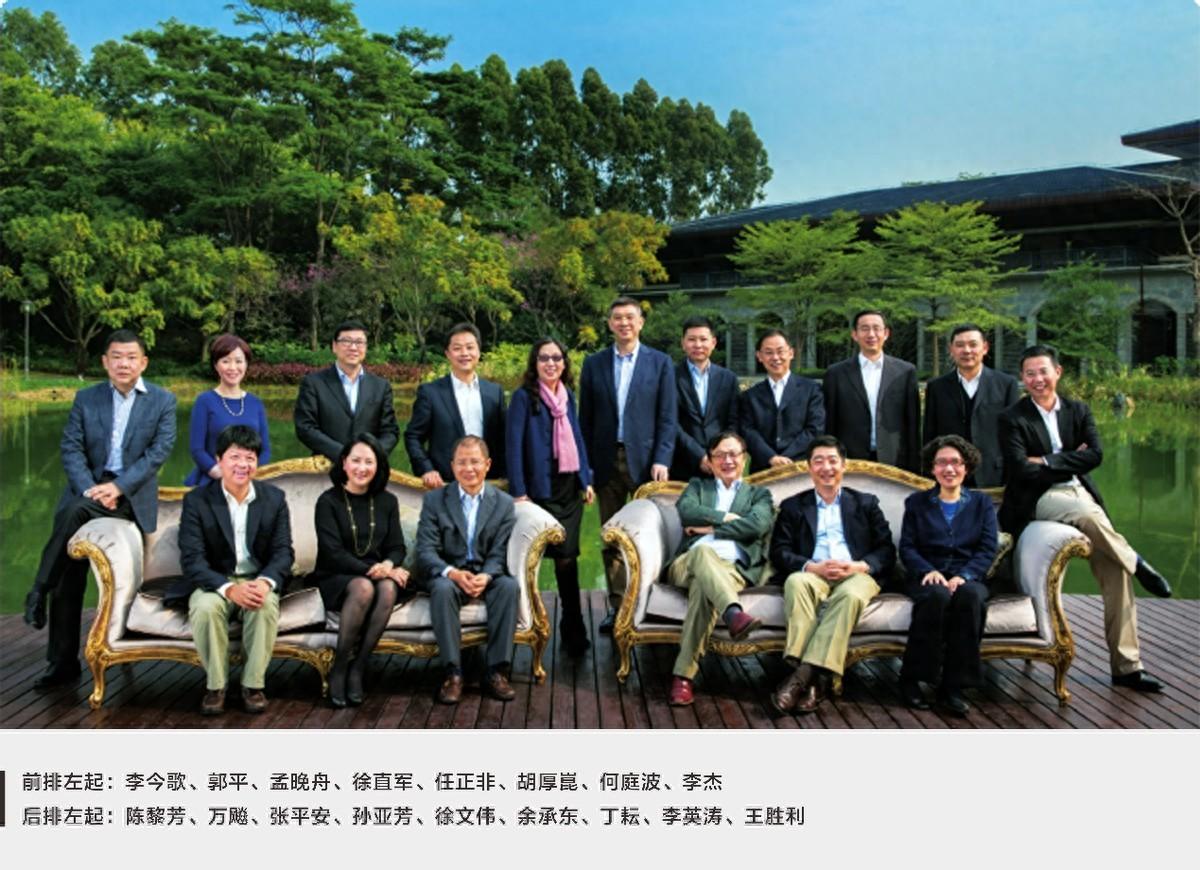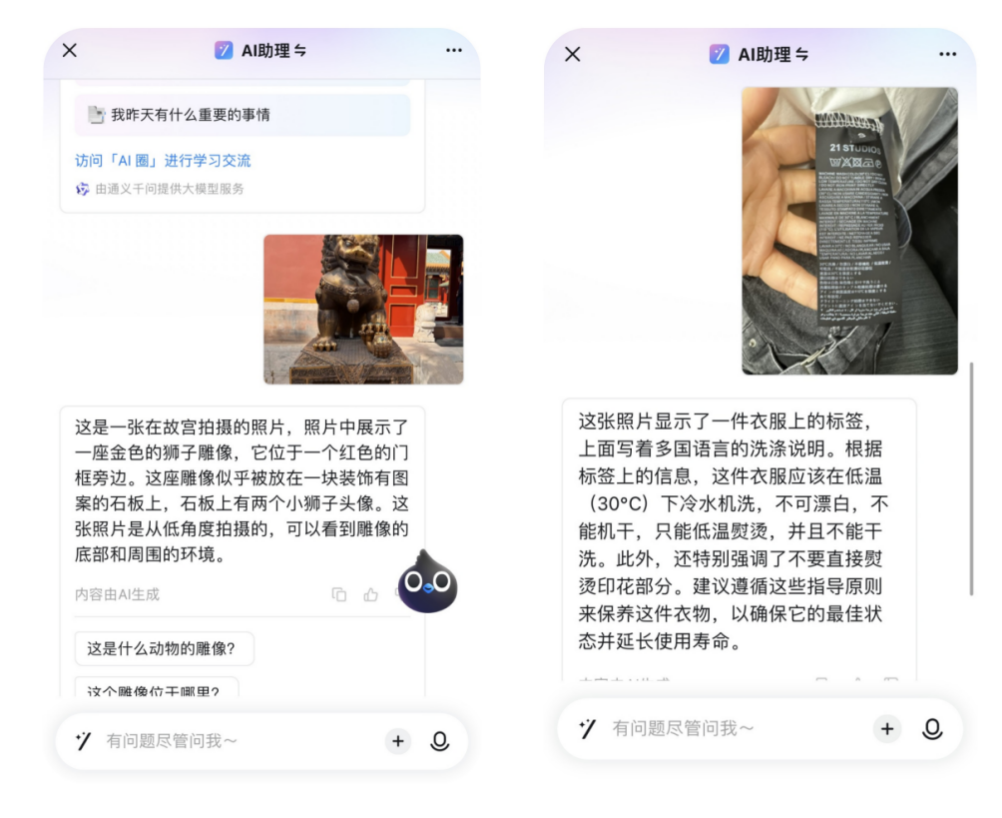Technology Empowers Cultural Heritage Protection (New Language)
Create digital archives for cultural relics through technologies such as 3D laser scanning; The use of digital restoration and 3D printing technology to achieve the rebirth of cultural relics.
Create digital archives for cultural relics through technologies such as 3D laser scanning; The use of digital restoration and 3D printing technology to achieve the rebirth of cultural relics... The Yongle Palace murals, spanning over 700 years of time and space, are vividly visible and tactile.
Not just Yongle Palace. Experience the Dunhuang culture that travels through time and space in the 'Digital Sutra Cave'; In the "Panoramic Palace Museum" and "Cloud Tour" of the Forbidden City, there are thousands of palace palaces; At the "Cultural Relics Duobao Pavilion", we use our fingertips to "touch" cultural relics 360 degrees... Case by case, digital technology empowers the protection and utilization of cultural heritage, adding more ways for us to experience China in cultural relics.
Digital technology enables cultural heritage to remain fresh and enduring. Non renewable cultural relics are constantly subjected to the test of natural conditions. By using 3D laser scanning technology, close range photogrammetry and other means to achieve digital collection, the frequency of contact with cultural relics can be reduced, and the risk of cultural relics protection can be reduced; By utilizing digital processing methods such as individual rendering and post restoration, the original colors and appearance of cultural relics can be reproduced. As time passes, digital technology can be permanently archived in the gene bank of Chinese civilization, restoring the charm of cultural relics and reproducing the original appearance of history.
Digital dissemination enables convenient sharing of cultural heritage. With the help of 3D printing technology, previously immovable cultural heritage has become a "mobile treasure" for cross regional exhibitions. By utilizing interactive and immersive exhibition technologies such as VR and AR, viewers can "zoom in" with just one click and appreciate the details that traditional visiting methods are difficult to "touch" in detail; You can also experience the historical scene of "being with cultural relics" through 360 degree panoramic roaming, traveling through time and space, immersing yourself in the scene. Cultural heritage is paired with technology and collides with creativity, becoming a shared "digital treasure".
The report of the 20th National Congress of the Communist Party of China proposes to implement the national cultural digitization strategy. Looking across the country, the power of technology is enabling more cultural relics collected in museums, heritage displayed on vast land, and written words in ancient books to come to life. Empowering cultural relics protection with the power of technology, stimulating cultural innovation with creative water, and digital technology giving new life to cultural heritage.
Disclaimer: The content of this article is sourced from the internet. The copyright of the text, images, and other materials belongs to the original author. The platform reprints the materials for the purpose of conveying more information. The content of the article is for reference and learning only, and should not be used for commercial purposes. If it infringes on your legitimate rights and interests, please contact us promptly and we will handle it as soon as possible! We respect copyright and are committed to protecting it. Thank you for sharing.(Email:[email protected])



















